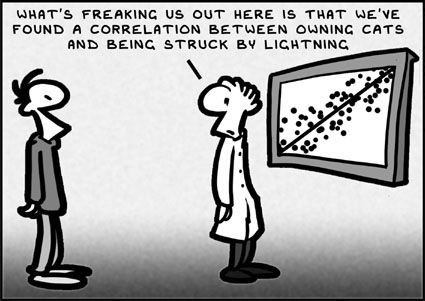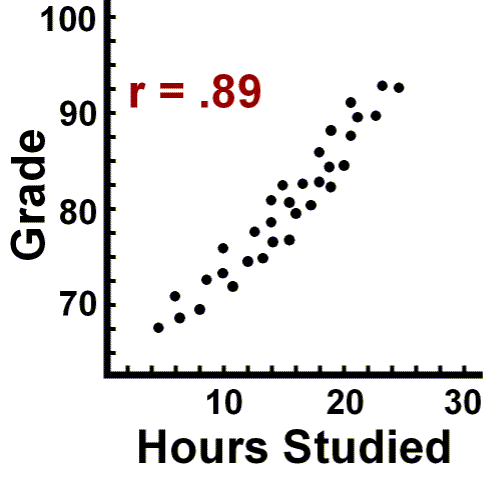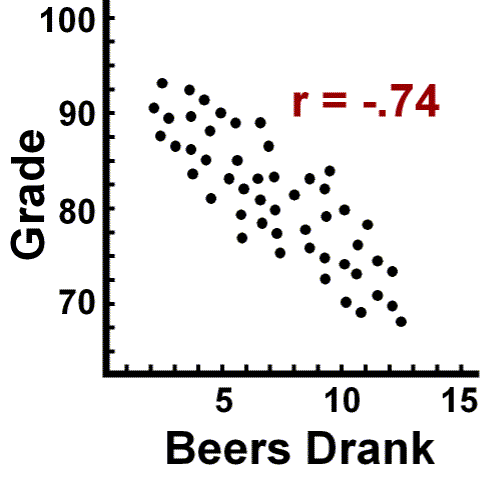- in Blog , Evidence-Based Practice , Research by David Wilkinson
- |
- 1 comments
Understanding research: the direction of a correlation

As mentioned in my last blog in the Understanding Research Series, correlations have a direction. So what does this mean?
Be impressively well-informed

Get your FREE organizational and people development research briefings, infographics, video research briefings, a free copy of The Oxford Review and more...
Be impressively well-informed and up-to-date
Say you are looking at two factors which are correlated like the the grades students achieve and the amount of studying they do.
Some research found the following:

This means that as one variable (the amount of hours spent studying) increases so does the other variable. And conversely as the number of hours decreases so does the grade level the student is likely to achieve. This is called a positive correlation. Basically this says that the direction of the correlation are tied together, they move in the same direction; as one goes up so does the other.
Negative Correlations

This is a negative correlation. So the direction of the relationship between the two things are opposite, as one increases the other decreases.
The direction of a correlation is important because it tells you about the nature of their relationship.
In the next blog in this series I will take this a little further and look at the idea of the perfect correlation or the perfect relationships, strong relationships and weak relationships and what they mean.
Be impressively well informed

Get the very latest research intelligence briefings, video research briefings, infographics and more sent direct to you as they are published
Be the most impressively well-informed and up-to-date person around...

1postcards